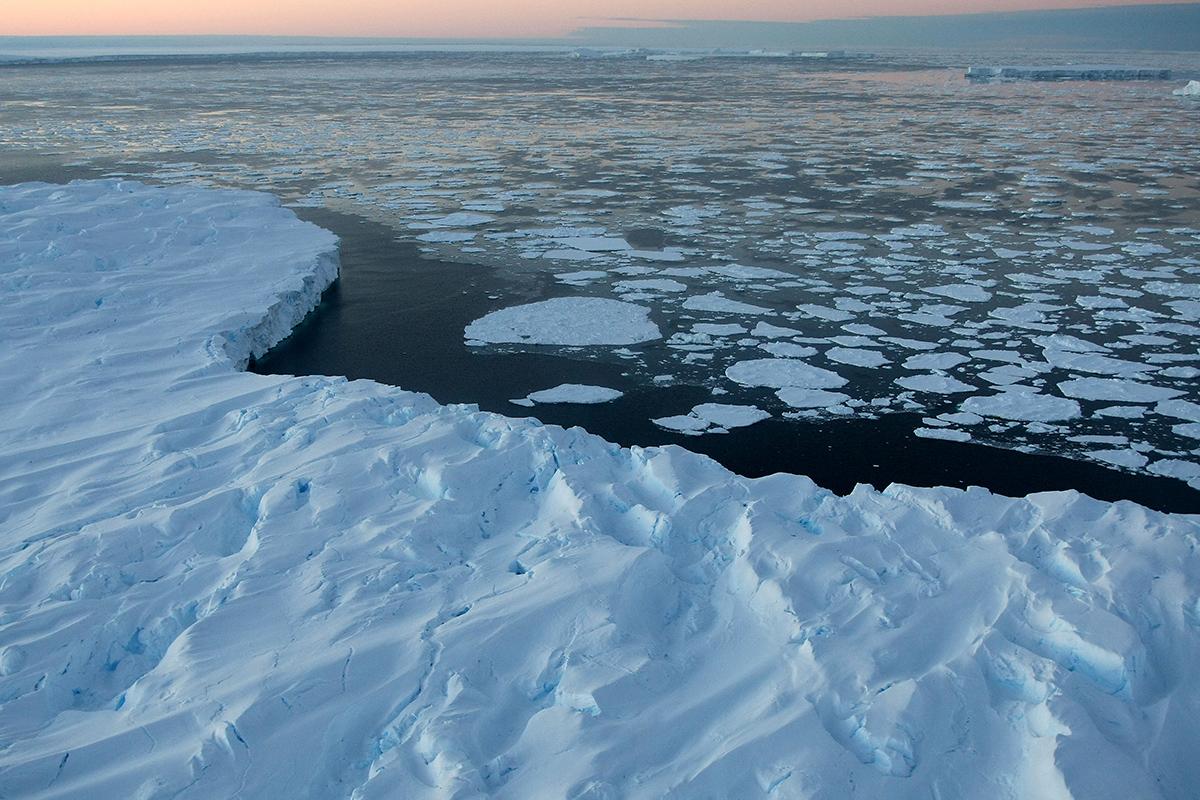Global warming could unleash viruses that have lain dormant for millennia, warn scientists
As Arctic Circle melts, other infectious agents — some of which may have caused global epidemics in the past — could be exposed, spelling 'disaster', say scientists

Your support helps us to tell the story
From reproductive rights to climate change to Big Tech, The Independent is on the ground when the story is developing. Whether it's investigating the financials of Elon Musk's pro-Trump PAC or producing our latest documentary, 'The A Word', which shines a light on the American women fighting for reproductive rights, we know how important it is to parse out the facts from the messaging.
At such a critical moment in US history, we need reporters on the ground. Your donation allows us to keep sending journalists to speak to both sides of the story.
The Independent is trusted by Americans across the entire political spectrum. And unlike many other quality news outlets, we choose not to lock Americans out of our reporting and analysis with paywalls. We believe quality journalism should be available to everyone, paid for by those who can afford it.
Your support makes all the difference.Bacteria and viruses that have lain dormant for thousands of years are at risk of being exposed as a result of global warming, scientists have warned.
Climate change is melting permafrost that has been frozen for centuries, while mining and digging operations risk cutting through the soil beneath — and both could have a serious impact on ancient viruses preserved within.
Frozen permafrost soil is a good place for bacteria to remain alive for long periods of time, and as the Arctic Circle melts — rising about three times faster than in the rest of the world — the ice and permafrost melt and other infectious agents may be released, according to scientists.
Jean-Michel Claverie, evolutionary biologist at Aix-Marseille University in France, has been analysing the DNA content of permafrost layers since 2014, searching for the genetic signature of viruses and bacteria that could infect humans, and has found evidence of many bacteria that are probably dangerous to humans.
Mr Claverie said pathogenic viruses — some of which may have caused global epidemics in the past — could be exposed by human digging, in a dangerous move that could “spell disaster”.
“Permafrost is a very good preserver of microbes and viruses, because it is cold, there is no oxygen, and it is dark,” he said.
”Pathogenic viruses that can infect humans or animals might be preserved in old permafrost layers, including some that have caused global epidemics in the past.
“At the moment, these regions are deserted and the deep permafrost layers are left alone. However, these ancient layers could be exposed by the digging involved in mining and drilling operations. If viable virions are still there, this could spell disaster.”
The biologist said the idea that viruses could be completely “eradicated” was giving the world’s population a false sense of security, because although many of the viruses would cease to be infectious when exposed to light, certain “giant” viruses could signal danger.
“Most viruses are rapidly inactivated outside host cells, due to light, desiccation, or spontaneous biochemical degradation,” he continued.
“For instance, if their DNA is damaged beyond possible repair, the virions will no longer be infectious. However, among known viruses, the giant viruses tend to be very tough and almost impossible to break open.
“The possibility that we could catch a virus from a long-extinct Neanderthal suggests that the idea that a virus could be 'eradicated' from the planet is wrong, and gives us a false sense of security.
“If the pathogen hasn't been in contact with humans for a long time, then our immune system would not be prepared. So yes, that could be dangerous.”
Subscribe to Independent Premium to bookmark this article
Want to bookmark your favourite articles and stories to read or reference later? Start your Independent Premium subscription today.
Join our commenting forum
Join thought-provoking conversations, follow other Independent readers and see their replies
Comments